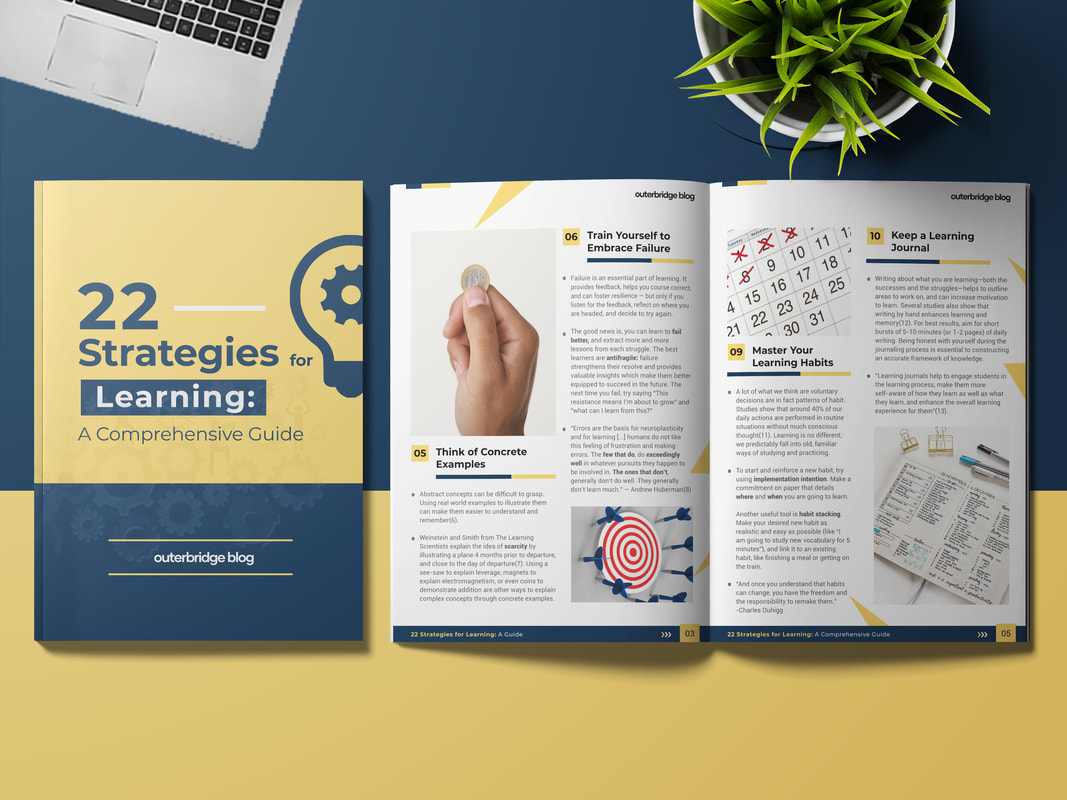|
Accelerate Your Learning — The DiSSS Method
Imagine being able to build new skills in a matter of weeks instead of years? You would be like Neo in The Matrix, who could download new talents and knowledge directly into his brain. I've come across a method that can produce serious learning gains in a fraction of the time. I'd like to share it with you. As it turns out, the method has been around for a while. Tim Ferriss has used it to go from beginner to proficient in language-learning, race car driving, and rock drumming, among many other skills — often in 5 days or less. He first wrote about the method in detail in his book The 4-Hour Chef. It's called the DiSSS Method. And it works really well, regardless of what you want to learn. Here's a sneak peek from my newest blog post that explains how the four-step learning method works. DiSSS — The Four Parts 1) Deconstruct a particular skill. Salsa dancing is largely comprised of hip movement, spins, footwork, and timing. By breaking down it down into manageable chunks, you can eliminate a lot of the anxiety that comes with facing complex, overwhelming learning tasks. When you first start learning a skill, it helps to ask: what are the fundamental building blocks involved? 2) Select the important stuff, and focus on it. Often, it’s the 20% input that leads to 80% of the output. In rock drumming, this would be the basic groove of a song, and not the little fills and embellishments that accompany it. Drills can be highly effective during this stage. A guiding question: what is this skill's most essential component? 3) Sequence the learned material. Try putting the basic elements together. If you are learning a new language, then you can begin to arrange difficult vocabulary words into sentences. You can also practice interleaving by mixing up the order. This study shows that variation in practice can lead to significantly more retention of learning than one type of practice alone. 4) Stakes are great for keeping you accountable. This is because humans are inherently risk averse. You can leverage this aversion to make rapid progress. Having to perform in front of a crowd, using a commitment contract where you have to donate money to a charity that you hate in the event that you quit, or making a pact in a group setting are all ways to ensure that you reach your learning goals. The Method in a Nutshell: 1) deconstruct the skill 2) select the important stuff 3) sequence it in the right order 4) raise the stakes Put this simple system to use, and you will find that you can learn a lot more in a lot less time. An Update Moving forward, the 2 x 2 Newsletter will be sent out twice a month instead of once a week. Readers everywhere are suffering from email fatigue, and I want to focus on making content that is as actionable and high-quality as possible. Thanks for reading! Matthew Outerbridge P.S. The best insights on storytelling I have ever read. Comments are closed.
|
|

